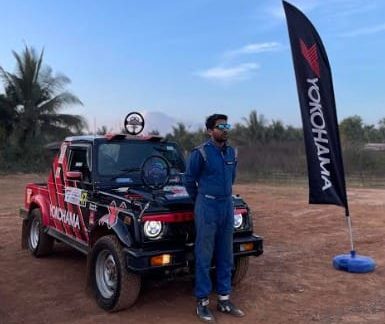Introduction
The Nissan Magnite and Renault Kiger exemplify two distinct approaches to the same automotive challenge. Launched in close succession, these models represent the alliance’s entry into the fiercely competitive sub-4 compact SUV market. Recently, the Magnite underwent a significant mid-life refresh, raising the question: how do these two SUVs compare now? Let’s dive in and explore.
Design Highlights
While the overall silhouette of the Magnite remains unchanged, it has received notable updates to its grille, bumpers, and skid plate, giving it a refreshed appearance. The Kiger, despite being three years old, continues to showcase a modern aesthetic, thanks to the playful and distinctive design language typical of French automotive styling. However, an update for the Kiger is anticipated within the next year, likely bringing it in line with the Magnite’s recent enhancements.
Inside, the Magnite retains its original cabin design but features new upholstery, a broader application of soft-touch materials, and revamped graphics for the instrument cluster. In contrast, the Kiger currently offers a sleek all-black interior accented with orange upholstery. It is expected that Renault will adopt similar upgrades in terms of materials and instrument cluster design, while still retaining its unique Renault flair. This approach will provide a substantial update while keeping production costs manageable.
Feature List and Expected Upgrades for the Kiger
Though the exterior and interior design changes may not be drastic, the feature updates in the Magnite provide a glimpse of what to expect for the Kiger. The Magnite has been equipped with several enhancements, including remote keyless entry, USB-C charging ports, six airbags, electronic stability control (ESC), and an auto-dimming interior rearview mirror. The Kiger is likely to receive these features, and may even include a unique selling proposition (USP) to differentiate it further from the Magnite.
Powertrains
Both the Magnite and Kiger are powered by two variants of a 1.0-litre petrol engine. The first option is a naturally aspirated engine delivering 71 bhp and 96 Nm of torque, available with either a five-speed manual or a five-speed automated manual transmission (AMT). The more robust option is the alliance’s turbocharged 1.0-litre petrol engine, generating 99 bhp and 152 Nm in CVT configurations, or 160 Nm with a six-speed manual transmission. Previously, the Magnite’s naturally aspirated engine was only paired with a five-speed manual, but it has now been upgraded to include the AMT option.
Renault-Nissan 2.0
Looking ahead, both models will play a vital role in the future plans of the Renault-Nissan alliance. While Nissan currently lacks an entry-level offering, Renault continues to sell the Kwid. The lineup will soon expand with the next-generation Duster and Bigster from Renault, alongside equivalent two-row and three-row models from Nissan by 2026.
Pricing
The Nissan Magnite is priced between ₹6 lakh and ₹11.66 lakh (ex-showroom), while the Kiger’s price range starts at ₹6 lakh and goes up to ₹11.23 lakh (ex-showroom). Given these options, which model would you choose in today’s market?






